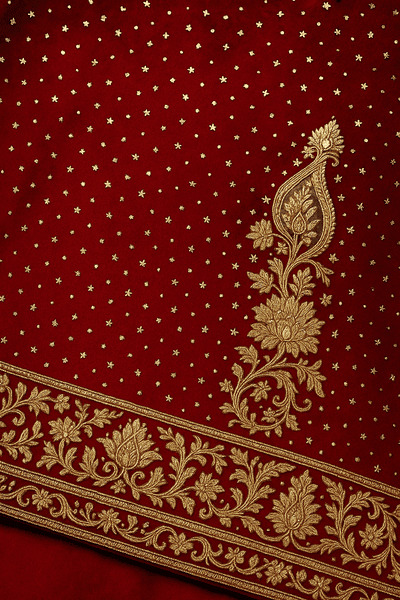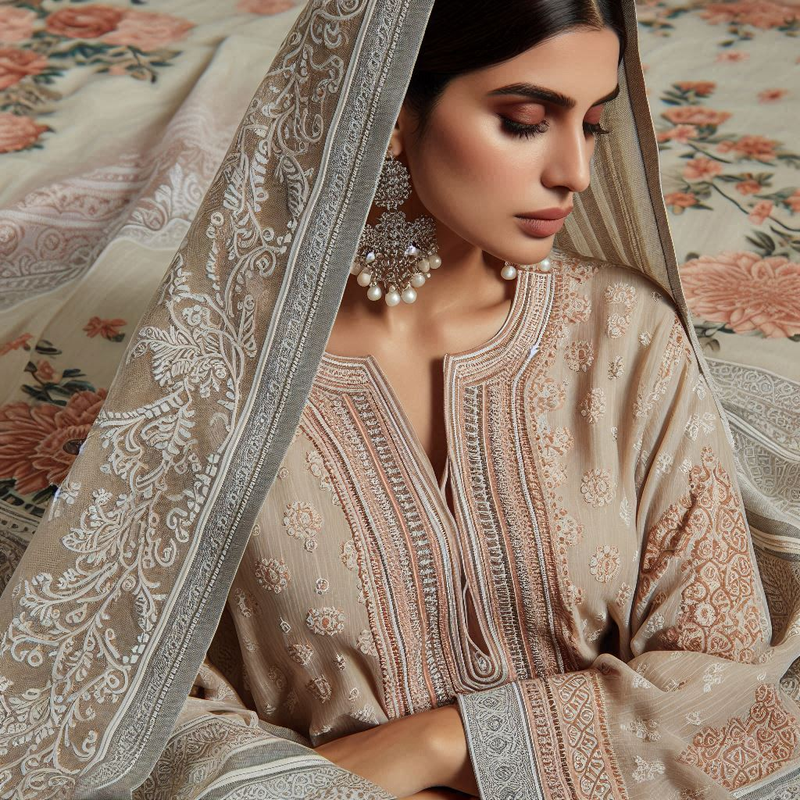Sindhi Embroidery of Pakistan
Sindhi Embroidery of Pakistan: A Tapestry of Heritage and Artistry
Sindhi embroidery of Pakistan, an exquisite and intricate form of textile art, stands as one of the most prominent cultural expressions of Sindh, Pakistan. Rooted in centuries-old traditions, it reflects the vibrant spirit, rich heritage, and artistic ingenuity of the Sindhi people. Known for its bold colors, geometric patterns, and detailed craftsmanship, this embroidery has become a hallmark of Sindh’s identity and a symbol of Pakistan’s diverse cultural fabric.
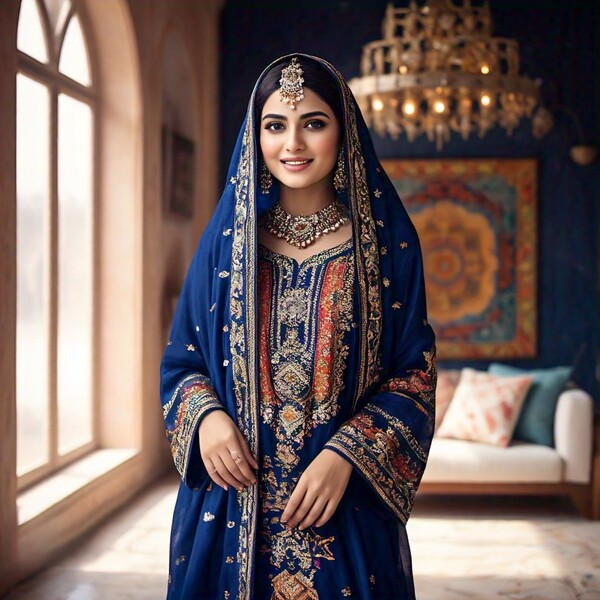
Sindhi Embroidery of Pakistan - Historical Background
The origins of Sindhi embroidery can be traced back to the Indus Valley Civilization, where evidence of textile production and embellishment has been uncovered. Over the centuries, Sindh's strategic location along ancient trade routes allowed its artisans to draw inspiration from Persian, Mughal, Central Asian, and Arabian influences. This fusion gave rise to unique embroidery styles that have evolved but remained distinctly Sindhi.
Traditionally, Sindhi embroidery was a household craft, passed down from mothers to daughters. Women adorned everyday clothing, bridal wear, and household textiles like cushions, quilts, and wall hangings with their embroidery, each stitch telling a story of their cultural and familial identity.
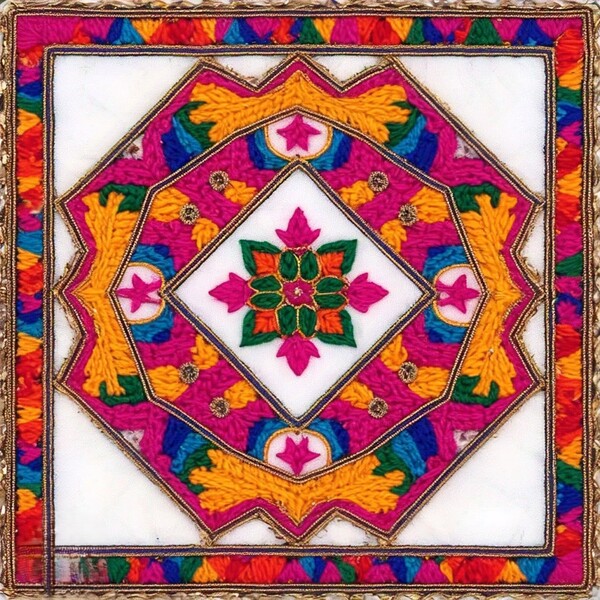 Sindhi Embroidery
Sindhi Embroidery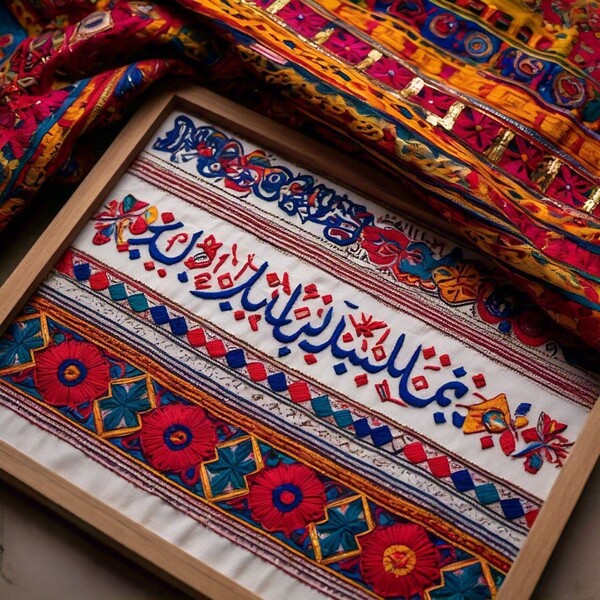 Sindhi Embroidery
Sindhi Embroidery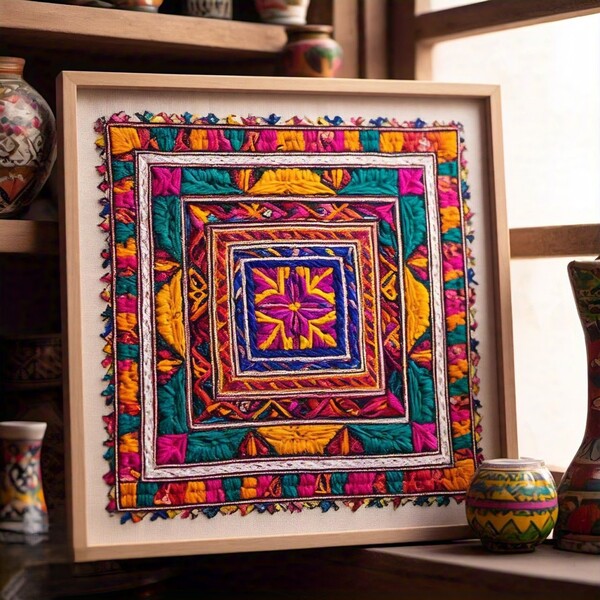 Sindhi Embroidery
Sindhi Embroidery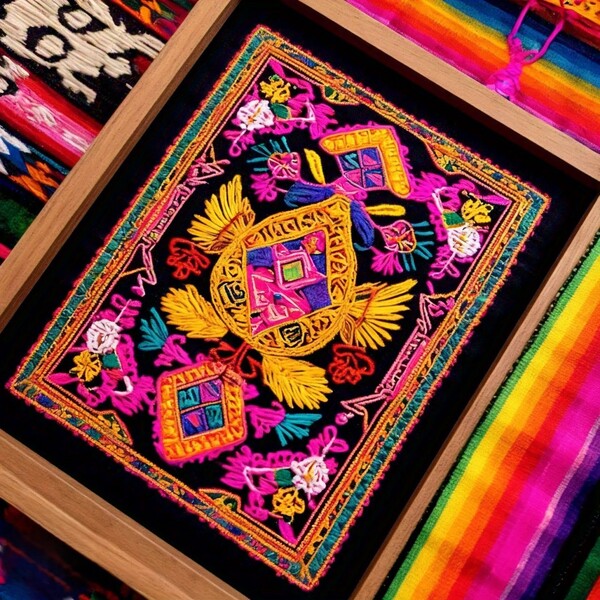 Sindhi Embroidery
Sindhi EmbroiderySindhi Embroidery of Pakistan - Distinctive Features
Sindhi embroidery is distinguished by its vibrant aesthetic, intricate patterns, and labor-intensive techniques. Key features include:
- Bold Colors
Sindhi embroidery is celebrated for its use of vibrant hues such as red, blue, yellow, green, and black. These colors symbolize joy, life, and cultural vibrancy, often reflecting the arid yet colorful landscape of Sindh. - Geometric Patterns
Geometric shapes, floral motifs, and mirror work dominate Sindhi embroidery. These designs are not random but often carry symbolic meanings, representing prosperity, protection, and spirituality. - Mirror Work (Shisha Embroidery)
A defining characteristic of Sindhi embroidery is the incorporation of small mirrors stitched onto the fabric. These mirrors, besides adding a reflective allure, are believed to ward off evil spirits. - Hand-stitched Precision
The embroidery is entirely handcrafted, requiring exceptional skill and patience. The most common stitches include the chain stitch, satin stitch, and herringbone, each contributing to the depth and texture of the designs.
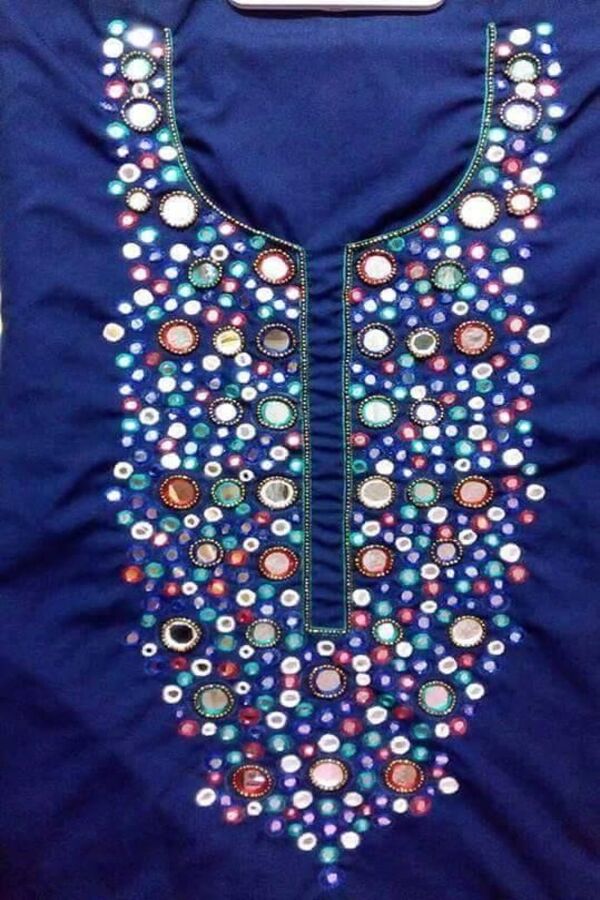 Sindhi Embroidery-Mirrorwork
Sindhi Embroidery-Mirrorwork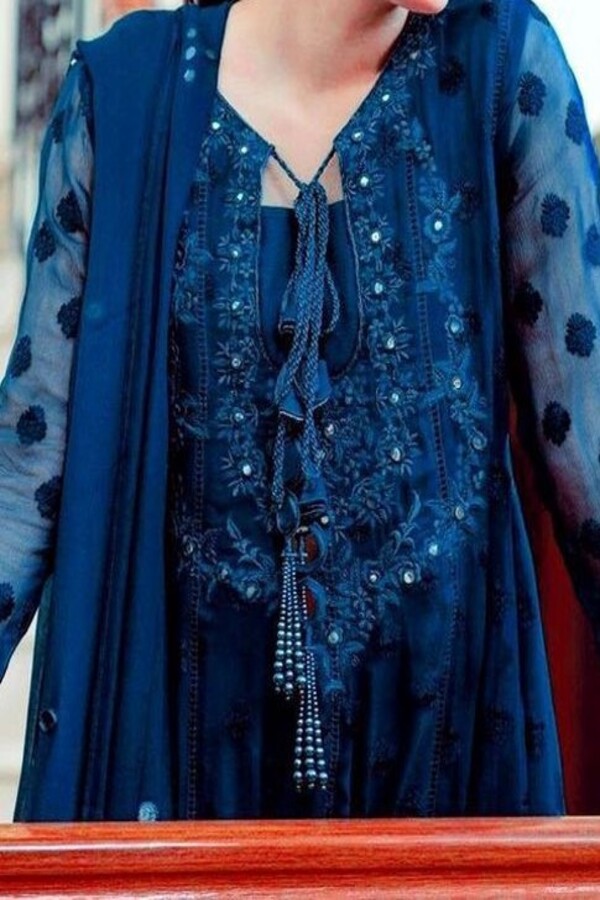 Sindhi Embroidery-Mirrorwork
Sindhi Embroidery-Mirrorwork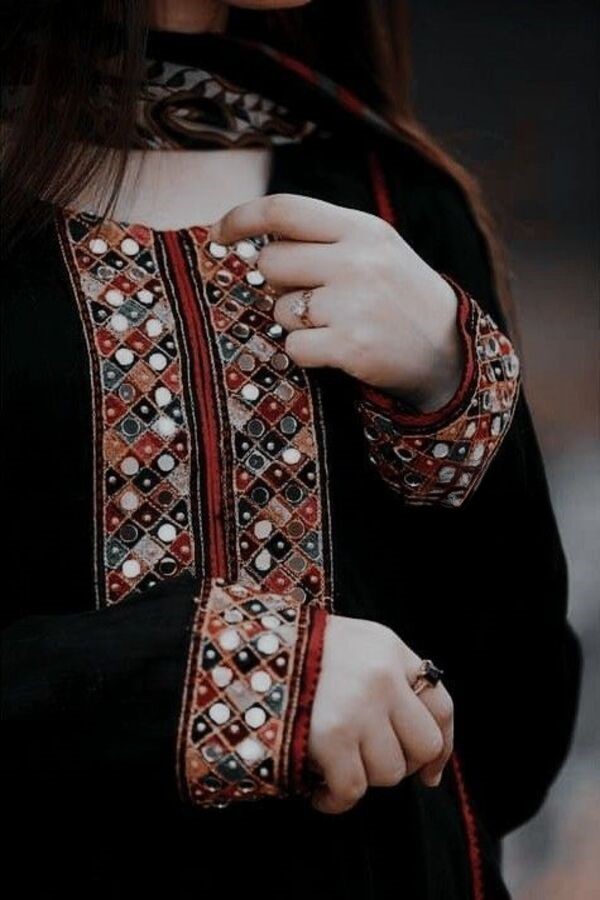 Sindhi Embroidery-Mirrorwork
Sindhi Embroidery-Mirrorwork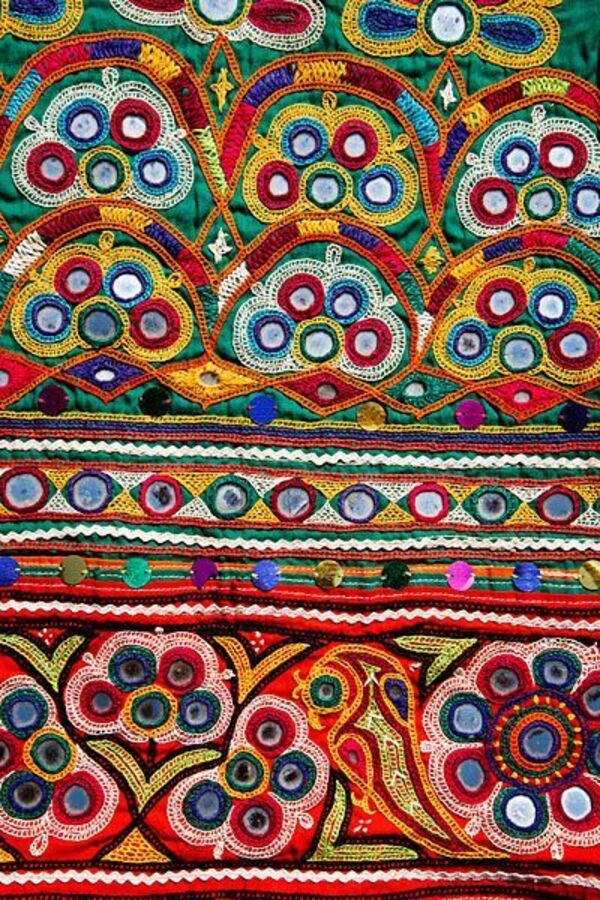 Sindhi Embroidery-Mirrorwork
Sindhi Embroidery-MirrorworkSindhi Embroidery of Pakistan - Types of Sindhi Embroidery
Several types of embroidery styles have emerged in Sindh, each unique to a particular region or community:
- Ajrak-inspired Embroidery: Drawing patterns from the iconic Ajrak block prints, this style often mimics the intricate symmetry of Sindh’s famous textile.
- Hurmacho: Known for its use of triangular motifs and vivid color contrasts, this style is especially popular in traditional dresses.
- Pakko Embroidery: Meaning “strong” in Sindhi, Pakko involves tightly packed and precise stitching, resulting in robust and durable designs.
- Kacho Embroidery: In contrast to Pakko, Kacho is a more freeform style, offering softer and more fluid designs.
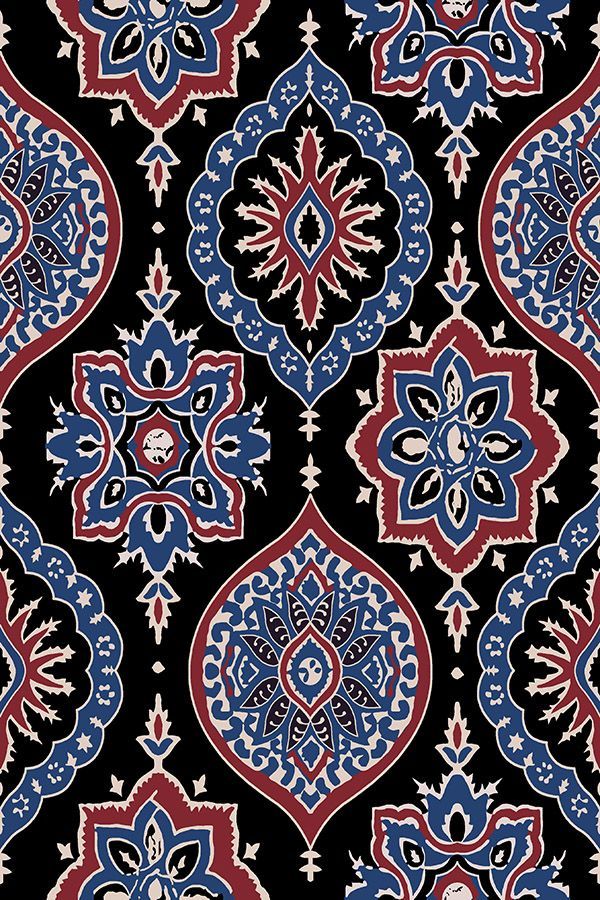 Sindhi Embroidery-Ajrak Design
Sindhi Embroidery-Ajrak Design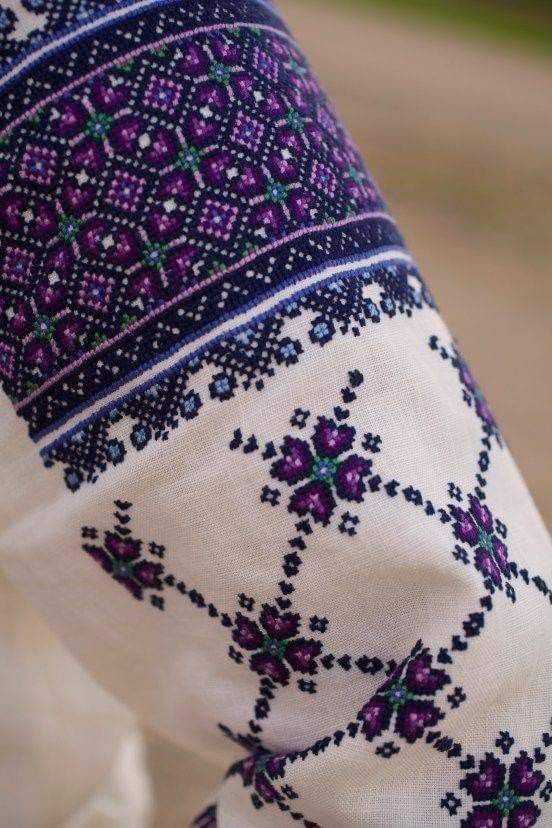 Sindhi Embroidery-Hurmacho
Sindhi Embroidery-Hurmacho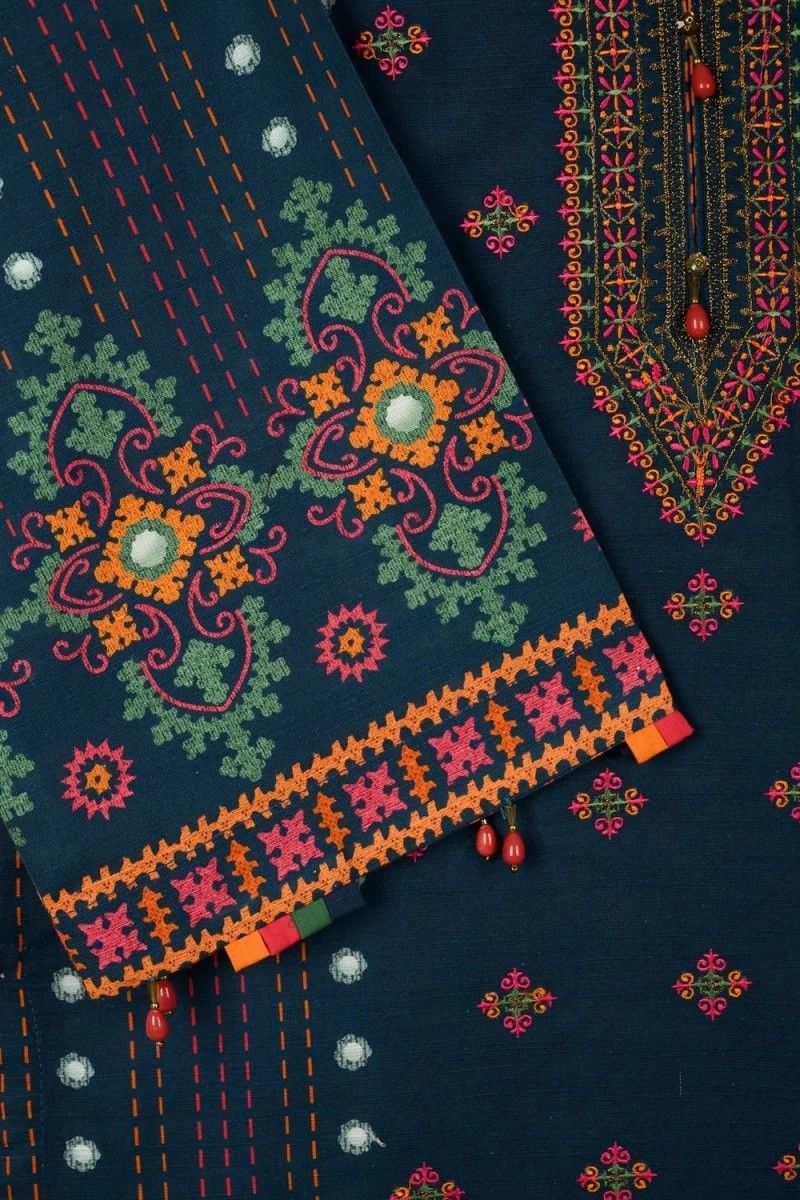 Sindhi Embroidery-Hurmacho
Sindhi Embroidery-Hurmacho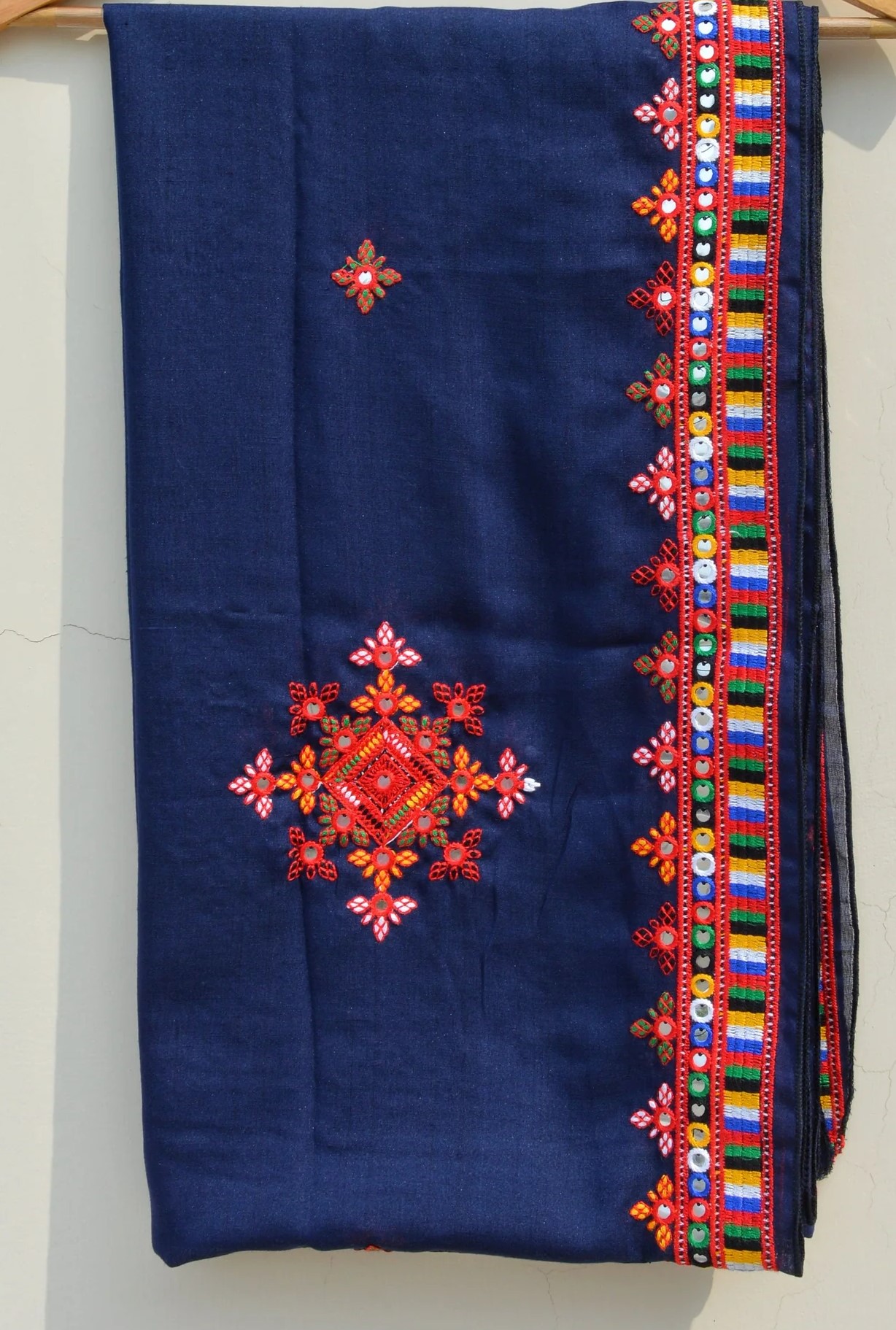 Sindhi Embroidery-Hurmacho
Sindhi Embroidery-HurmachoSindhi Embroidery of Pakistan - Cultural and Social Significance
Sindhi embroidery is more than a decorative craft—it is a medium of storytelling and cultural preservation. Each embroidered piece reflects the artisan's environment, beliefs, and social context. In rural Sindh, women use embroidery to express their creativity and contribute to their household economies. Bridal trousseaus, for instance, are incomplete without intricately embroidered items that symbolize familial love and blessings for the bride.
Moreover, embroidery serves as a unifying cultural element in Sindh. Communities gather to teach and practice embroidery, fostering a sense of collective identity and pride.
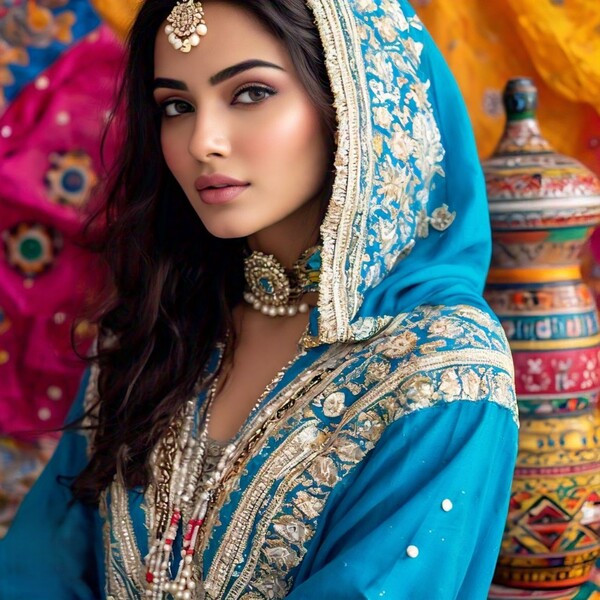 Sindhi Embroidery Suit
Sindhi Embroidery Suit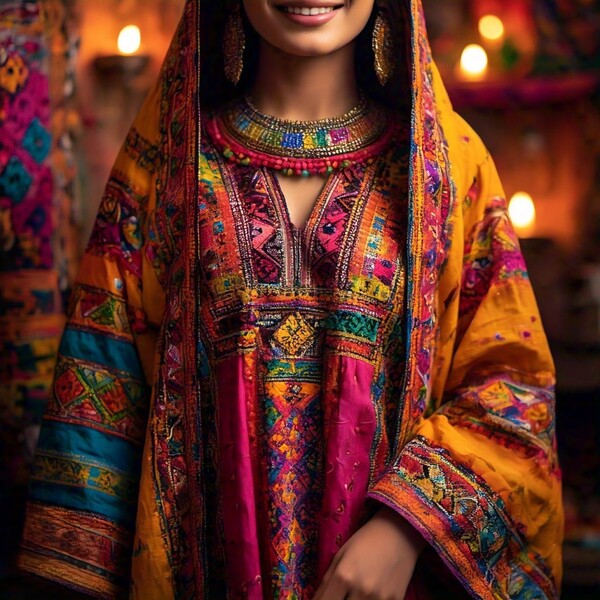 Sindhi Embroidery Suit
Sindhi Embroidery Suit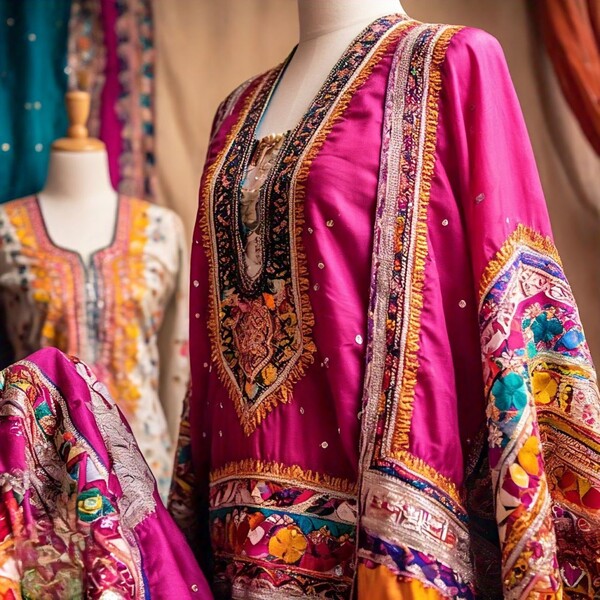 Sindhi Embroidery Suit
Sindhi Embroidery Suit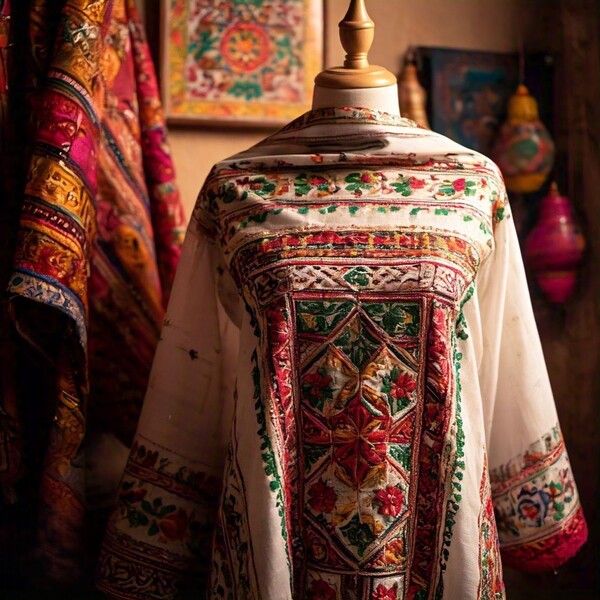 Sindhi Embroidery Suit
Sindhi Embroidery SuitSindhi Embroidery of Pakistan - Contemporary Relevance and Challenges
In modern times, Sindhi embroidery has gained international recognition, with fashion designers and craft enthusiasts incorporating it into contemporary clothing and home décor. Boutiques in urban centers and online platforms have amplified the reach of this traditional craft.
However, the industry faces challenges, including declining artisan wages, competition from machine-made products, and a lack of preservation efforts. Many artisans struggle to sustain their craft due to insufficient resources and market access. Efforts by cultural organizations aim to address these issues by promoting fair trade practices and providing training and marketing support.
Sindhi Embroidery of Pakistan -Preserving a Legacy
To ensure the survival and growth of Sindhi embroidery, concerted efforts are needed to promote it on global platforms while preserving its authenticity. This includes encouraging sustainable practices, offering fair compensation to artisans, and integrating the craft into educational curricula.
An initiative by the name of 'Aik Hunar aik Nagar' (one craft, one city/area) was launched by the government where a number of designers worked with artisans to add modern motifs as well as training them with quality control required to create space in better markets for these products. Improvement in quality meant better material, colorfast threads and improved cutting patterns as well as better colour combinations.
Sindhi Embroidery of Pakistan - Conclusion
Sindhi embroidery stands as a testament to the enduring spirit of Pakistan’s cultural heritage. Each stitch, pattern, and mirror reflect the heart of Sindh—its history, traditions, and aspirations. By cherishing this craft, we not only celebrate the artistic legacy of Sindh but also contribute to the broader narrative of preserving cultural diversity in an ever-globalizing world.
- Home ›
- Products and Trades ›
- Sindhi Embroidery
